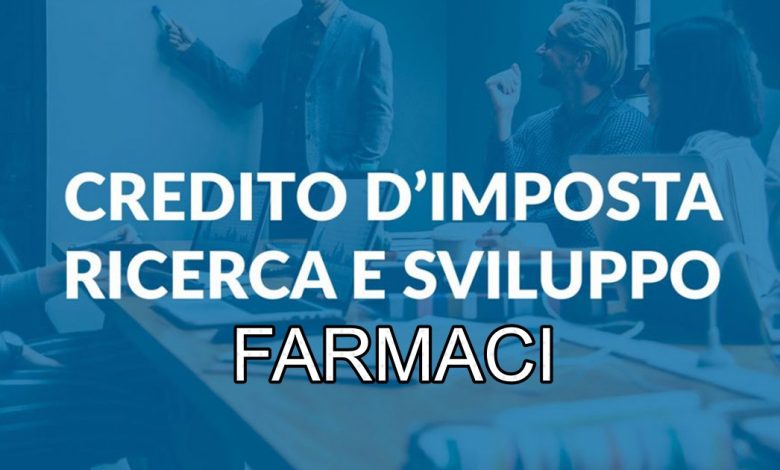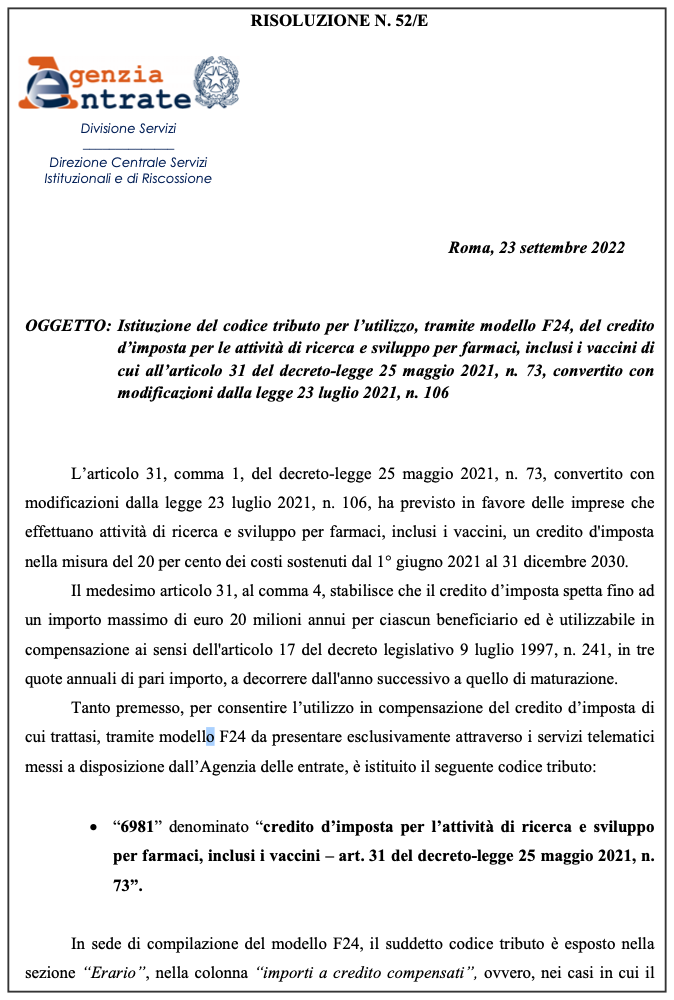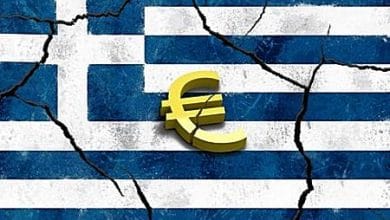
With the resolution no. 52/E of 23 September 2022, the Revenue Agency has established the tax code for
 the use, through the F24 model, of the tax credit for research and development activities for drugs, including vaccines.
the use, through the F24 model, of the tax credit for research and development activities for drugs, including vaccines.
L'art. 31, paragraph 1, Legislative Decree n. 73/2021 (Sostegni decree bis) provided for companies that carry out research and development activities for drugs, including vaccines, a tax credit in the amount of 20% of the costs incurred from 1 June 2021 to 31 December 2030.
Paragraph 4 of the art. 31 establishes that the tax credit is due up to a maximum amount of 20 million euros per year for each beneficiary and can be used in compensation, in three equal annual installments, starting from the year following the accrual.
Therefore, to allow the use of the tax credit in compensation, through the F24 form to be presented exclusively through the telematic services made available by the Revenue Agency, with resolution no. 52/E of 2022, the Agency established the tax code:
“6981” named “tax credit for drug research and development, including vaccines - art. 31 of the decree-law of 25 May 2021, n. 73".
For the purpose of determining the basis for calculating the tax credit, all costs incurred for:
– fundamental research;
– industrial research;
– experimental development and feasibility studies necessary for the research project e
– development during its duration.
The cumulation of the tax credit with other concessions in the form of a tax credit for research and development activities is expressly excluded.
Eligible costs for R&D projects are allocated to a specific R&D category and fall into the following categories:
– personnel costs employed in the project;
– costs relating to instrumentation and equipment to the extent and for the period in which they are used for the project;
– costs relating to buildings and land for the period in which they are used for the project
– costs for contractual research, knowledge and patents acquired or licensed from external sources used exclusively for the purposes of the project;
– additional overheads and other operating costs, including costs of materials, supplies and similar products, directly attributable to the project.
Finally, it should be noted that it is up to the Italian Medicines Agency (Aifa) and the Technical-Scientific Commission to describe innovation, evaluate it and confer the status of innovative medicinal product which presupposes the evaluation of three basic elements:
- therapeutic need;
- added therapeutic value;
- robustness of the scientific evidence submitted by the company to support the request for innovation.
The criteria for the classification of innovative drugs have been defined by AIFA with the determines no. 1535 of 2017.





